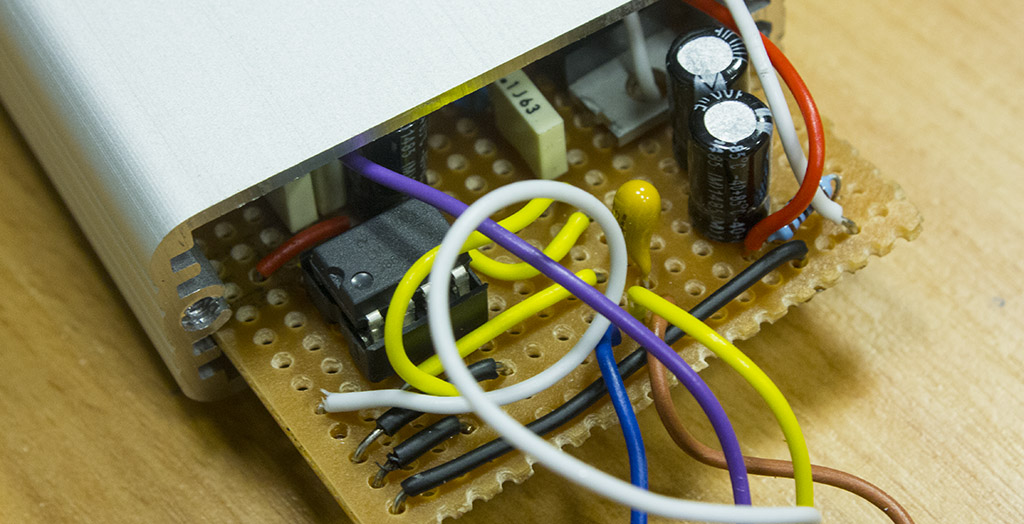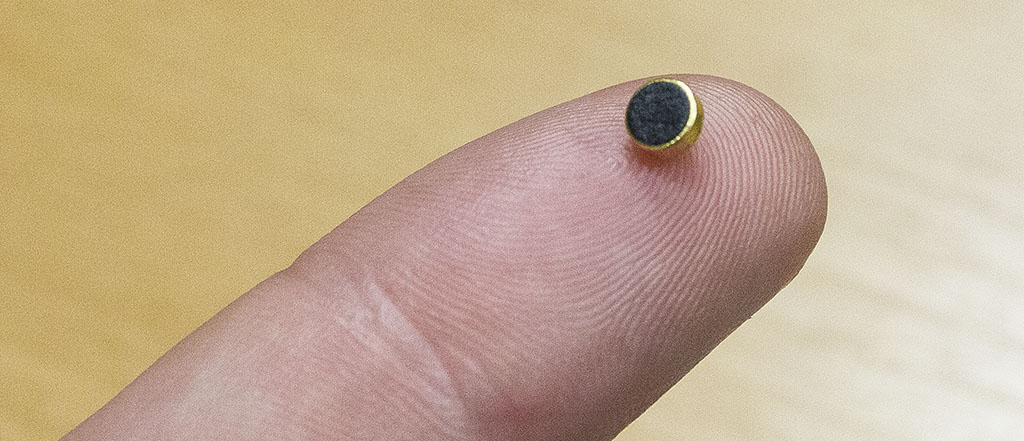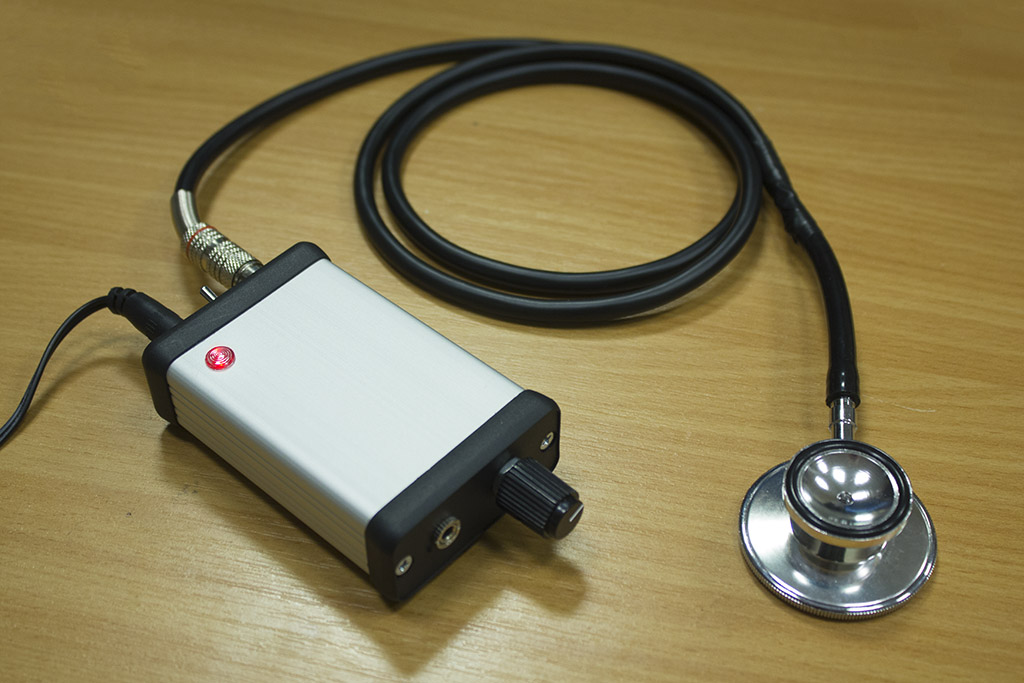Recording audio from a stethoscope
06 Aug 2012As part of my job I have to create short videos to demonstrate simple clinical procedures such as cannulation, checking blood glucose levels and taking a patient's blood pressure the manual way - that is with an inflatable cuff and a stethoscope instead of one of the automatic machines.
Essentially, what I want to do is record the Korotkoff sounds that the healthcare worker should be listening out for while taking blood pressure, the idea being that partially occluded blood flow is turbulent and makes a distinctive sound, and freely flowing blood is laminar and therefore silent.
First off I ran across a comprehensive student project (via) capable of importing heart sounds into Matlab and recording to built in flash memory. I definitely don't need anything this fancy - I just want to output sound to a jack so I can plug a speaker or headphones in (or record it with suitable attenuation) it has to look reasonably professional and be rugged enough to survive being thrown into a bag with cables and miscellaneous rolls of tape.

To keep things simple I'm using a simple adjustable gain LM386 circuit taken from the application notes of the datasheet (labelled Amplifier with Gain = 50, with the resistor replaced with a potentiometer wired as a rheostat) powered from a 12v power adaptor, through an LM7805 to reduce the noise from the switched mode power supply.
The stripboard is messy, but this is the first analog circuit that has worked, so I'm just happy with that.
Preferably the circuit would run from battery power to reduce noise and increase portability but with the amount of space available inside the case it just isn't practical.

For the clearest audio the microphone needs to be placed as close to the head of the stethoscope as possible - I found some really tiny electret microphones on eBay (the original link was for the eBay item, which has now ended - this link to the seller's shop might be useful though) which at approximately 4mm in diameter fit nicely into the rubber tubing from the stethoscope. A few loops of electrical tape secures the microphone and wire in place. To make sure that everything fits into the original rubber tubing the microphone driving circuitry (current limiting resistor and AC coupling capacitor) are on the board and not inline with the wire. This of course will also improve reliability as there are fewer solder joints to stress.
The audio cable to the tiny microphone is quite large in diameter due it to being heavily shielded, this shield is connected to ground at the amplifier end of the cable but not the microphone end to avoid a ground loop. Having almost a metre of cable is useful as it allows the clinician to use the stethoscope as they would a normal one.

Audio quality wise, well it does exactly what I need it to. There's some annoying high frequency noise probably being introduced by the power supply, but it's really easy to drop it out using a low pass filter in Audacity, and possibly using hardware at a later date. If listening on speakers with such an option, reducing the treble to zero does a good job of removing it as well.
Finding a usable position for the stethoscope head is difficult - more so than with a normal ear-powered stethoscope, but then the human ear is many times more efficient than the amplifier chip used here! There might be differences in the quality of the heads used - this stethoscope was a total of £4 (shipped!) on eBay, so I can only assume that the more expensive ones will sound better due to improved head design. I will check this out when I next come across another stethoscope.
To give an idea of the kind of audio the device is producing, here's an MP3 file of a heart beat, I'll put up one of the Korotkoff sounds mentioned earlier when I get around to recording one. The crackly sounds are due to slight movements of the fingers holding the head against the chest, a problem encountered in both digital and conventional stethoscopes.